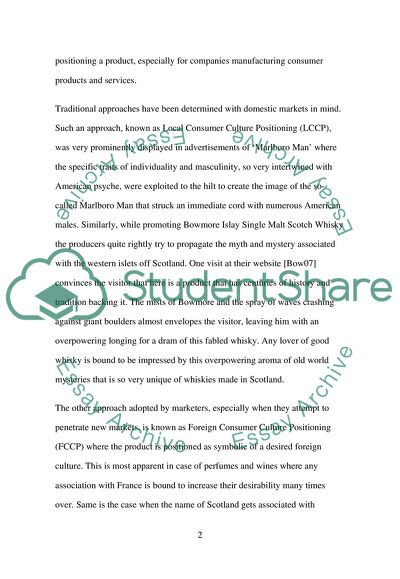Cite this document
(Cultural Diversity in International Markets Case Study, n.d.)
Cultural Diversity in International Markets Case Study. Retrieved from https://studentshare.org/marketing/1730263-international-market-intelligence
Cultural Diversity in International Markets Case Study. Retrieved from https://studentshare.org/marketing/1730263-international-market-intelligence
(Cultural Diversity in International Markets Case Study)
Cultural Diversity in International Markets Case Study. https://studentshare.org/marketing/1730263-international-market-intelligence.
Cultural Diversity in International Markets Case Study. https://studentshare.org/marketing/1730263-international-market-intelligence.
“Cultural Diversity in International Markets Case Study”, n.d. https://studentshare.org/marketing/1730263-international-market-intelligence.


